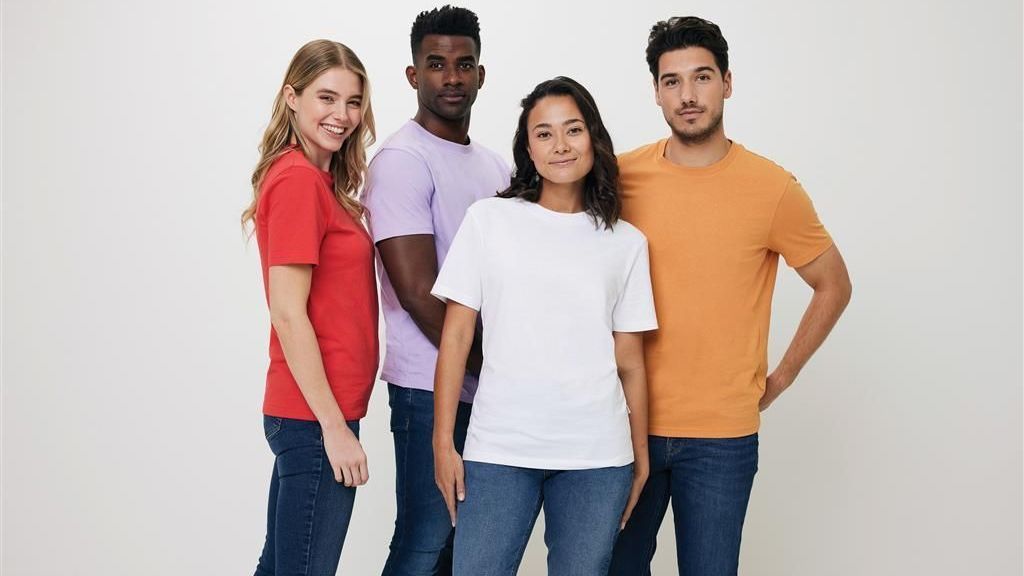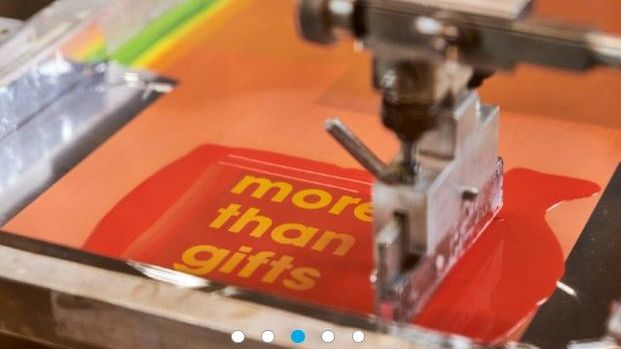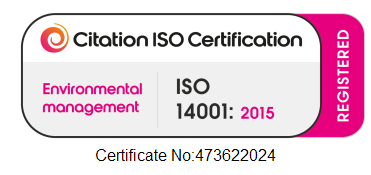How is polyester (PET) recycled?

How does a PET drinks bottle become a T-shirt?
In the world of eco promotional goods there are a number of products including t-shirts, bags and umbrellas which are made from recycled polyester sometimes referred to as rPET. What is it? How does a polyester soda bottle end up as a T shirt? And, most importantly is rPET really eco-friendly? This article is meant as an introduction and hopefully answers those questions.
So what is polyester?
Polyester or polyethylene terephthalate, known as PET is one of the most common plastics produced with 18% market share, after polythene (33.5%) and polypropylene (19.5%). PET has a range of uses for both consumer products and industrial uses but the most common is a fibre for the manufacture of clothing:
|
|
|
| Product Type |
Million Tonne produced 2016 |
| Textile Fibre |
39 |
| Bottle Resin |
16 |
| Film |
1.5 |
| S pecialist |
2.5 |
| TOTAL |
59 |
Source: https://www.plasticsinsight.com/resin-intelligence/resin-prices/polyester/
Polyester fabric has great properties including its softness and hard wearing nature and unlike cotton does not hold moisture, so is common in sportswear as a ‘wicking’ fabric. For recycling purposes, whilst polyester clothing is recyclable, it is very often combined as a fibre with cotton to produce clothing. Whilst this produces great fabric it does make the recycling a little more complex.
The next largest use for PET is for many drinks bottles because it has a significant benefit over polythene, in that it is a natural barrier to gas transmission. This means where carbonated drinks are to be contained PET is the material of choice. From a recycling point of view since PET bottles are pure PET it provides an excellent raw material, albeit the cap and the label are unlikely to be made from PET.
How is a PET bottle recycled?
PET can be recycled from post-consumer usage. Virtually all local authorities in the UK will accept PET bottles which will be sorted manually from other post-consumer waste. Once sorted the bottles are crushed and baled and sent to a specialist PET recycling centre. One issue can be the use of coloured PET for virgin bottles which ideally need to be separated, adding cost to the process and the industry Trade Body https://www.plasticsrecyclers.eu has lobbied the EU governments to try and discourage beverage companies form using coloured bottles.
The bottles are then washed and shredded into small fragments. At this stage the fragments will contain contaminants form the bottle tops and labels. These are removed by a process called plastic granulation which uses the different densities of the PET versus the contaminants in a wet process to allow separation. The PET will be further purified during the final extrusion process when the molten PET will be passed through a filter.
The use of water for cleansing and separation naturally leaves the PET flake wet and these need to be dried before further processing. PET polymer is very sensitive to hydrolytic degradation, resulting in severe reduction in its molecular weight, thereby adversely affecting its subsequent melt process-ability. The drying is therefore essentially but is does result in a large energy consumption.
Once separated and cleaned the polymer can be used like virgin polymer as the raw material for a new bottle or spun into fibre for clothing use. Typically around 5 PET bottles can be recycled into one T shirt.
So is recycled PET good for the environment?
Globally PET bottles are one of the most recycled plastics with nearly 50% of all PET bottles in Europe being recycled – although rates of PET bottle recycling vary across the world:
GLOBAL RECYCLING RATES
Japan – 92%
Europe – 48%
USA – 29%
India – 90%
Source: https://www.prfire.co.uk/press_releases/global-plastic-bottle-recycling-market-industry-analysis-and-forecast-2020-2027
So what are the benefits of recycled PET:
1.Prevention of ocean bound plastic waste - According to the Ocean Conservancy, ‘8 million metric tons of plastic enter the ocean every year, on top of the estimated 150 million metric tons that currently circulate in marine environments. If we keep this pace, by 2050 there will be more plastic in the ocean than fish. Plastic has been found in 60 percent of all seabirds and 100 percent of all sea turtle species, because they mistake plastic for food’. https://oceanconservancy.org/ - recycling can help stop this.
2.Recycled PET requires less energy to produce than virgin PET - Recycled polyester is almost the same as virgin polyester in terms of quality, but its production requires 59 percent less energy compared to virgin polyester, according to a 2017 study by the Swiss Federal Office for the Environment. WRAP estimates rPET’s production to reduce CO2 emissions by 32 percent in comparison to regular polyester. “If you look at life cycle assessments, rPET scores significantly better than virgin PET.” https://wrap.org.uk/
All good – but like everything in life there is always a counter argument – which is
1.Although the energy required to produce recycled PET is less than that to produce virgin PET fibre, there are even lower energy fibre products such as cotton, hemp and wool. These natural fibres require less energy to produce and as natural fibres will biodegrade. Not that energy alone can be the arbiter – since cotton is criticised for the volume of water and pesticides used in its production and wool for the methane production of sheep (methane being a more intense warming gas than carbon dioxide)
2.Recycling PET bottles can generate other toxins. As discussed above the recycling process involves cleaning and particularly where there is colour involved chlorine based bleaches can be used to remove ink and colourants. These may leach into the environment. There is also a catalyst used in the production of virgin polyester – antimony. Although present in very small quantities the recycling process can release antimony oxide which is a carcinogenic.
3.Micro plastics – whilst recycling keeps those bottles from ending in landfill or being ocean bound, the recycling process will inevitably produce the dreaded micro plastic which is so harmful to marine life. And it is argued that a fibre like cotton can simply remove this as an issue. A paper published in 2011 in the journal Environmental Science Technology found that microfibers made up 85 percent of human-made debris on shorelines around the world. It doesn’t matter if garments are from virgin or recycled polyester, they both contribute to micro-plastics pollution.
CONCLUSION:
Pavilion believes that the best solution to our environmental problems is clarity of information and informed choices. Recycled PET is not a panacea but whilst the drinks industry continues to use around 16 million tonnes of polyester finding a new use and a closed recycling loop has to be of benefit to the environment. If there was way to remove the usage of PET plastic bottles completely, that would clearly be a better option but until there is…………
For further information and discussion please contact davidplatt@paviliongroup.couk
Image fromMatthewdikmans (talk) (Uploads) - Own work, CC BY-SA 3.0, https://en.wikipedia.org/w/index.php?curid=928922





